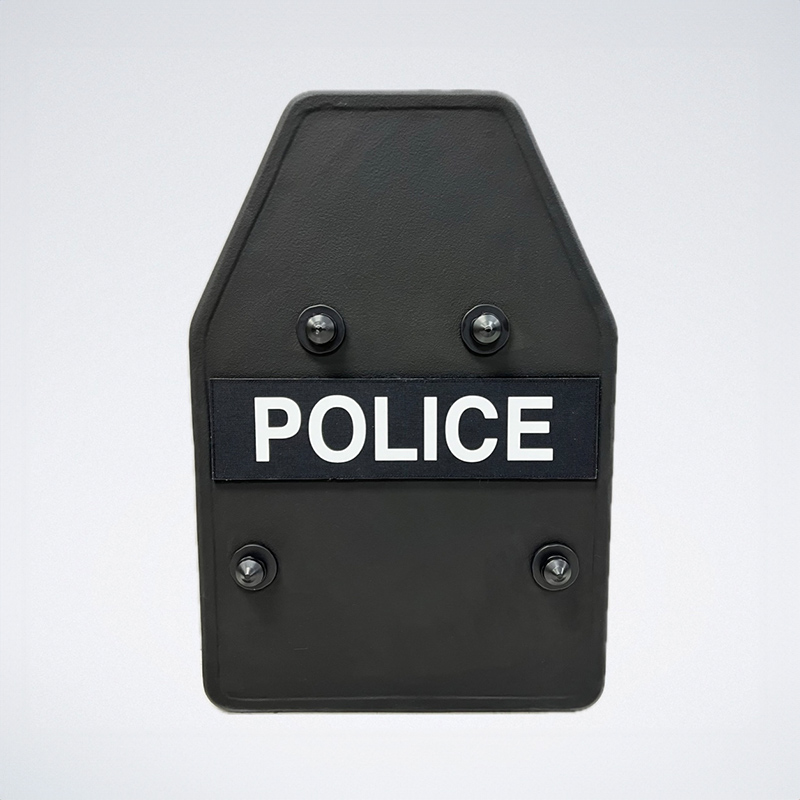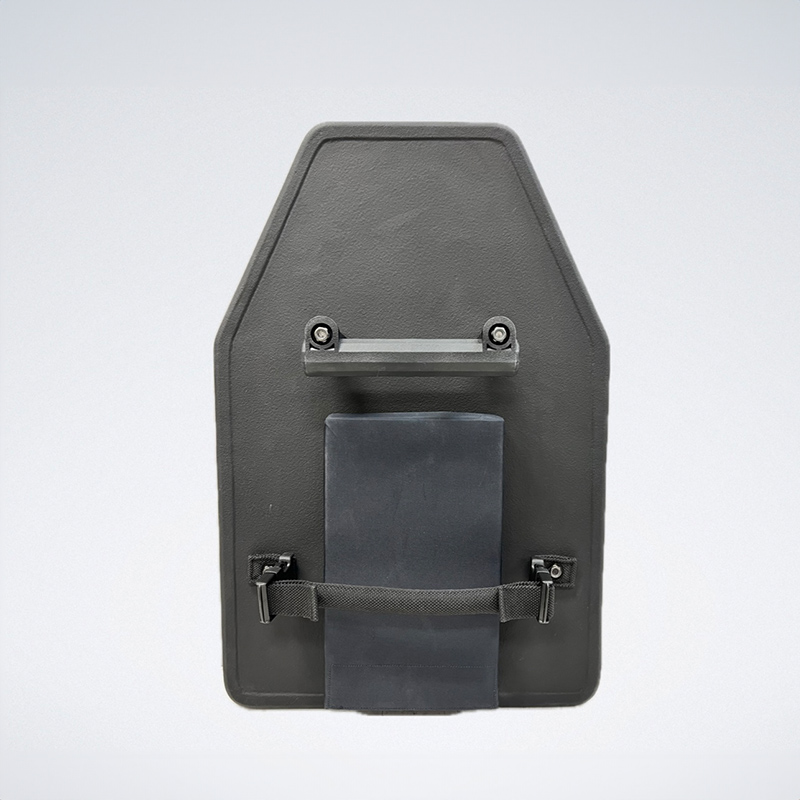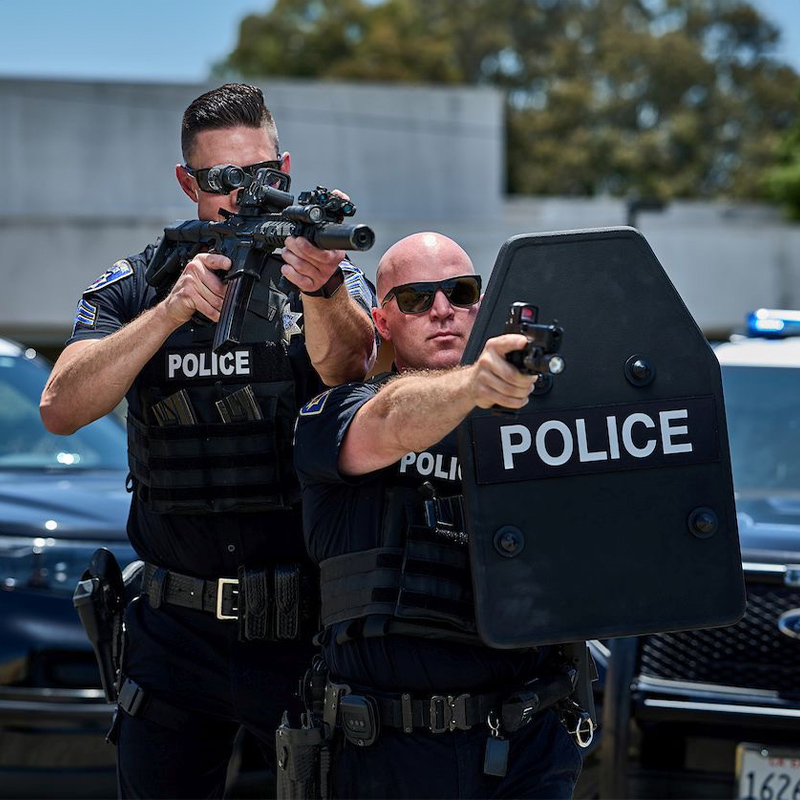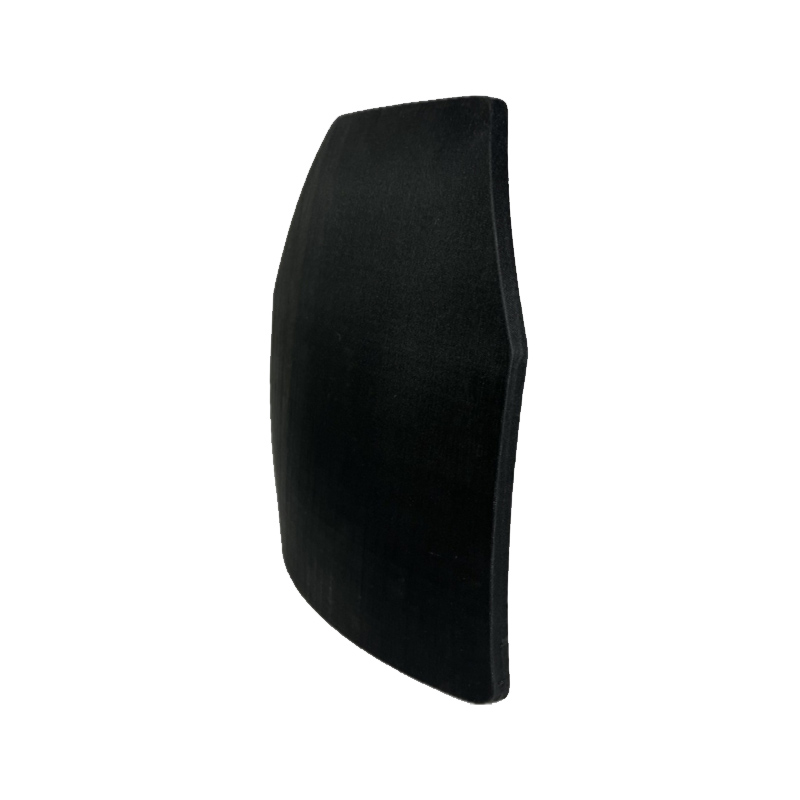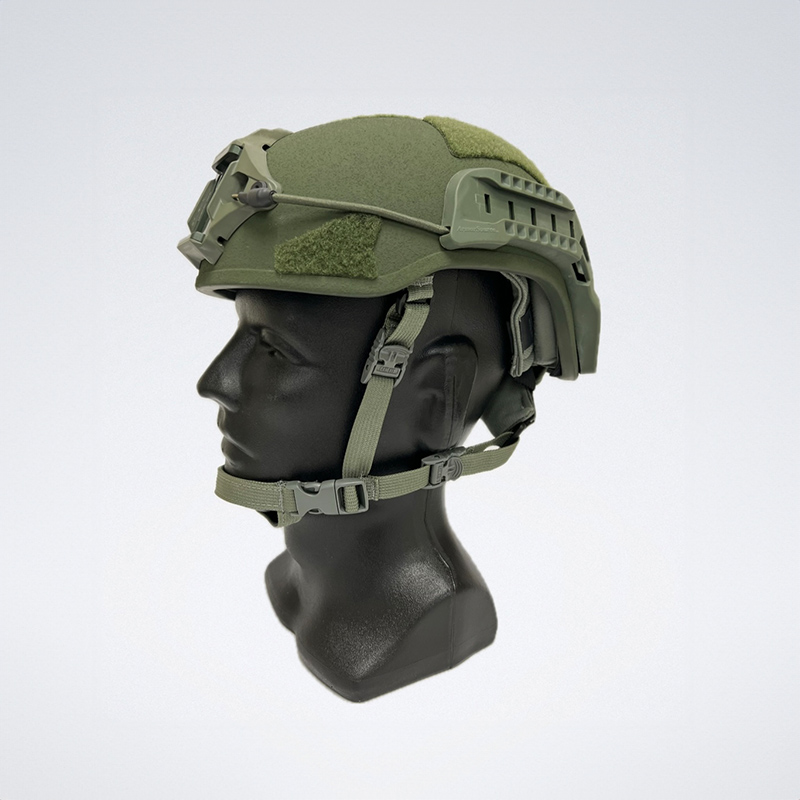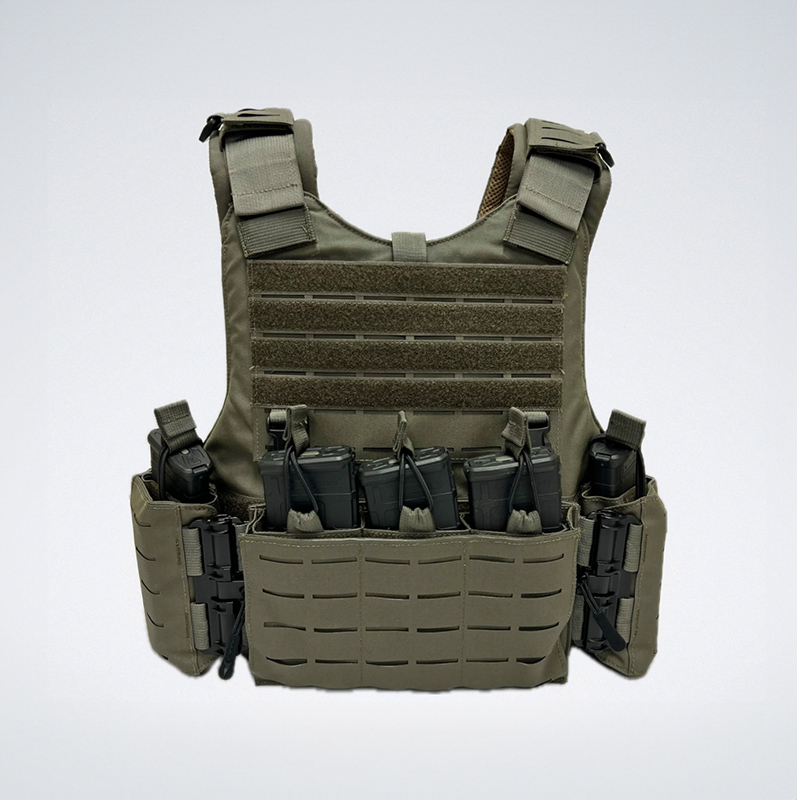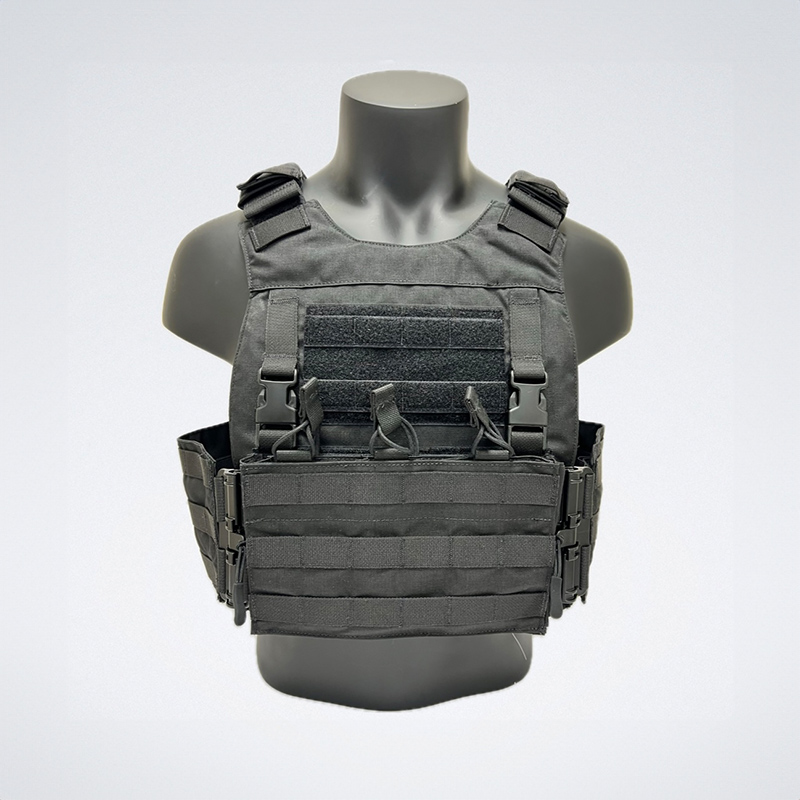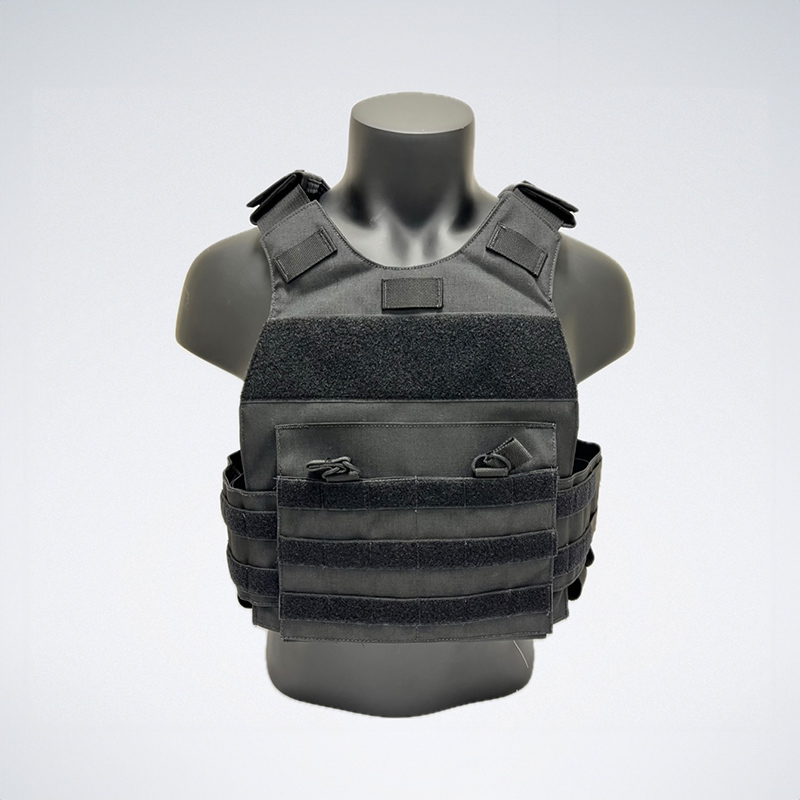PATROL RESPONSE SHIELD (PRS)
Lightweight and Compact: Designed for easy storage in vehicles and optimal tactical mobility.
Ballistic Resistance: Provides superior protection against all handgun and non-armor piercing rifle threats.
High-Quality Materials: Ballistic bolts and washers made from high hard ballistic steel (Ramor 600), reinforced through the panel for increased integrity during angular impacts.
Non-Reflective Finish: Coated with a non-reflective matte finish, and the perimeter is encased with securely fastened Trim-Lok.

Special Threat tested Models

Special Threat tested Models

NIJ CERTIFIED MODELS

PROTECTING LIVES SINCE 2010

PROTECTING LIVES SINCE 2010

MADE IN
THE USA

Special Threat tested Models

NIJ CERTIFIED MODELS
The Patrol Response Shield (PRS) is designed to offer lightweight, compact, and reliable ballistic protection for law enforcement and tactical operations. Its minimalistic design ensures excellent tactical mobility and ease of storage in vehicles, making it an ideal choice for quick deployment in the field. The Patrol Response Shield (PRS) is engineered to deliver high-level ballistic protection while ensuring easy handling and rapid deployment. Its compact size and lightweight design make it a crucial asset for patrol officers and tactical teams facing dynamic and high-threat situations.
More info about PATROL RESPONSE SHIELD (PRS)
Ballistic Composition: UHMWPE with full perimeter Trim-Lock and Polyurea Coating
Warranty: 7 Years on the ballistic panel
Handle Options: Wide Grip – No Light
Fox Fury Taker B30 Light Attachment
Size and Weight: 16” x 24”
Weight: 15 lbs
Ballistics: 5.56x45mm (M193)
7.62x39mm (PS Ball / MSC)
7.62x51mm (M80)
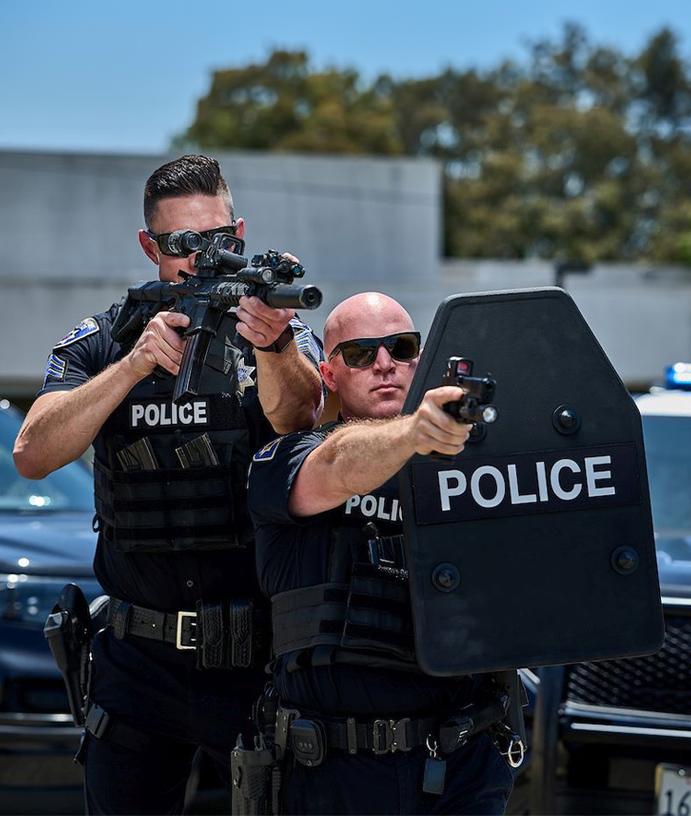
Ballistic Shields Faqs
What are the key factors to consider when choosing a ballistic shield?
Selecting the right ballistic shield involves careful consideration of factors such as the level of protection required, the shield’s size and weight, desired features, and budget constraints.
What level of protection is necessary for different law enforcement and tactical operations?
The appropriate level of protection for a ballistic shield depends on the specific threats faced by law enforcement or tactical teams. Assessing potential risks is crucial in determining the necessary level of ballistic resistance.
How do I determine the appropriate size of a ballistic shield for my needs?
The ideal size of a ballistic shield is influenced by factors such as the number of officers involved, the intended use, and available storage space. A balance between protection and maneuverability should be considered.
What are the common features and accessories available for ballistic shields?
Ballistic shields often include features like handles, viewing ports, and light attachments. Additional accessories such as MOLLE compatibility can enhance versatility.
How important is the weight and portability of a ballistic shield?
A ballistic shield’s weight and portability significantly impact an officer’s ability to deploy and maneuver the shield effectively. Lighter shields generally offer greater agility but may have limitations in protection level.
Is the typical lifespan of a ballistic shield?
The lifespan of a ballistic shield varies depending on the materials used, the frequency of use, and proper maintenance. Regular inspections and care can extend the shield’s longevity.
How do I maintain and care for my ballistic shield?
Proper maintenance of a ballistic shield involves regular cleaning, inspection for damage, and storing it in a controlled environment to protect against environmental factors.
Are there any regulations or standards for ballistic shields?
Ballistic shields must adhere to specific standards and regulations to ensure their effectiveness in stopping projectiles. Compliance with these standards is essential for officer safety.

